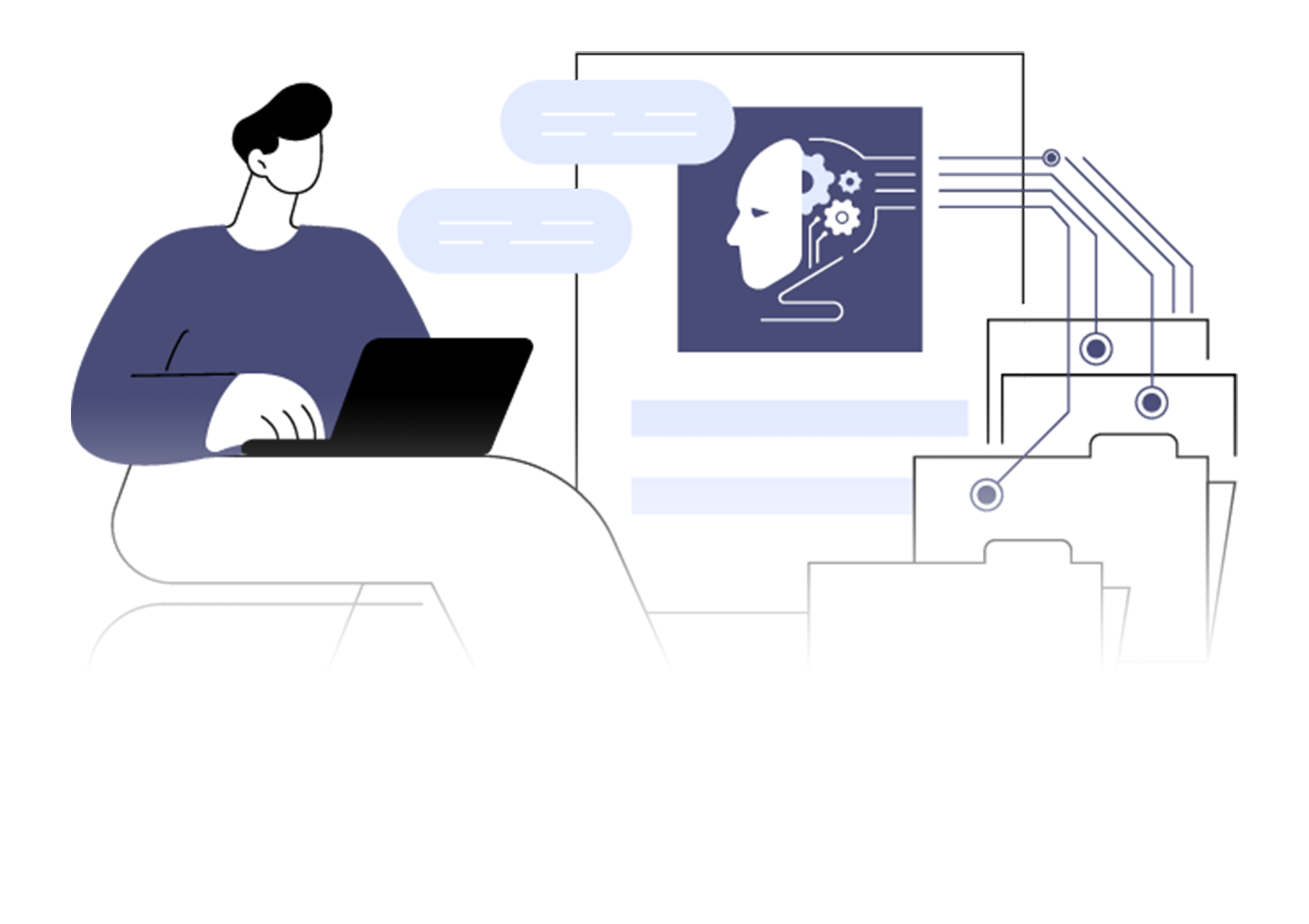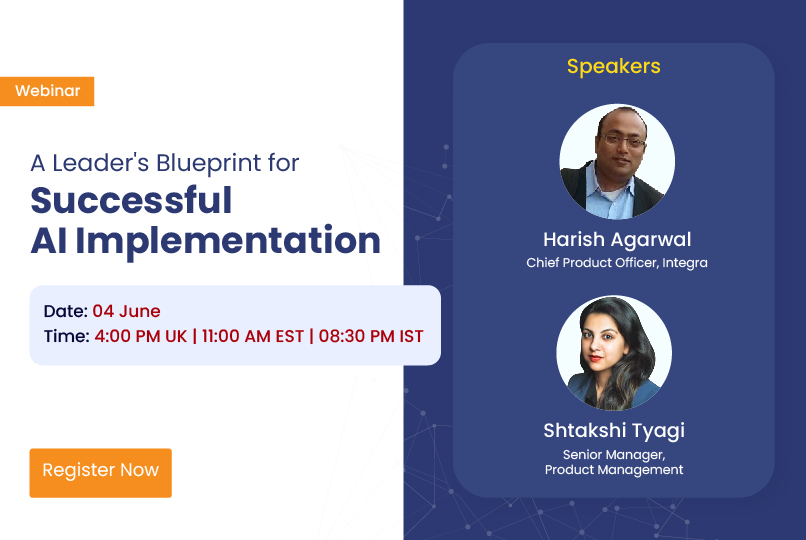Month: January 2024
How to Integrate AI into Your EdTech Platform in 5 Easy Steps
The transformative nature of Artificial Intelligence (AI) in the world of education is undeniable. EdTech and AI Integration have emerged as a dynamic duo, setting new milestones in educational experiences. The unparalleled benefits of this combination are reshaping the landscape of learning. By integrating AI into EdTech platforms, one can enhance personalized learning, improve content delivery, and foster a more interactive learning environment.
All these benefits and more led to the AI in Education market reaching a value of $4 billion in 2022, with expectations of the market witnessing a CAGR of more than 10% from 2023 to 2032.
Here’s how to achieve seamless integration.
Pre-Integration Considerations
Before jumping into integration, it’s essential to have a clear understanding of your target audience. Know their AI literacy levels. Are they beginners or tech-savvy? Furthermore, pinpoint the specific needs of your educational platform. Does it aim to provide academic assistance, language learning, or skill development?
Recognizing the Specific Needs of Your Educational Platform:
Determine the primary purpose of your platform. Does it cater to K-12 students, university scholars, or professional learners? By identifying this, you can customize AI features to precisely meet these specific educational needs. For instance, you might wish to integrate an AI-powered virtual tutor that can answer learner queries. provide real-time feedback and guidance, and recommend additional resources. Natural Language Processing (NLP) and Machine Learning (ML) power intelligent tutors to adapt to each student’s unique needs, learning style and preferences.
Step 1: Data Collection & Management
The Significance of Clean and Organized Data for AI:
AI algorithms learn and thrive on data. And data is critical to drive insights for the edtech and education sectors. Gartner predicts that 80% of K-12 education institutions will leverage analytics applications to enhance insight by 2025.
The quality and organization of this data can make or break your AI’s efficiency. Ensure that the data collected is not just vast but is also relevant, accurate, and consistently organized.
Recommendations:
- Cloud Storage Solutions: Platforms like AWS, Azure, and Google Cloud offer scalable storage options, ensuring data is not only stored efficiently but also retrievable with minimal latency.
- EdTech-Specific Data Management Tools: These tools cater specifically to educational data, understanding the nuances of learner interactions, course structures, and academic benchmarks.
Step 2: Choosing the Right AI Model & Tools
Determining the Model based on Needs:
- Chatbots can act as 24/7 student counselors, addressing queries, providing course information, or even assisting in administrative tasks.
- Recommendation Systems harness AI to analyze a student’s progress and preferences, subsequently suggesting materials or courses to optimize their learning journey.
- Personalized Learning Paths can adapt curriculum structures based on individual progress, ensuring each student receives a tailored learning experience.
Popular AI Frameworks & Libraries: Frameworks such as TensorFlow, PyTorch, and Keras are versatile and offer libraries that can be specifically adapted for EdTech functionalities.
Step 3: UI/UX Considerations
User-friendly AI Integration:
The AI’s presence should enhance, not hinder. It should be so seamlessly integrated that users feel its benefits without being constantly reminded of its presence.
Examples:
- Subtle AI prompts: These can be tooltips or gentle reminders that aid navigation without overwhelming the user.
- AI-driven Content Recommendations: Position these prominently, ensuring learners can seamlessly transition to recommended content without searching for it.
- Automating grading and assessment to free up time for educators, which can then be spent on engaging with and supporting their students.
- Predictive analytics is enabling edtech firms and educators to identify learner problems and address them with timely strategic planning.
Step 4: Pilot Testing & Iteration
Beta Testing in a Controlled Environment:
Before full deployment, test your AI-enhanced platform with a select group. This initial feedback can unveil unforeseen issues and provide invaluable insights.
Once feedback is received, iterate and refine. Remember, the first solution isn’t always the best; it’s the continual improvements that lead to excellence.
Step 5: Continuous Monitoring & Upgrades
Keeping AI Components Updated: AI, being a dynamic field, sees regular advancements. Ensure that your platform’s AI components are consistently upgraded to leverage the latest technologies.
Checking for Accuracy and Relevance: Periodically validate the AI’s recommendations and functionalities to ensure they remain relevant and beneficial to the learners.
As we charter the waters of EdTech and AI Integration, it’s vital to remember that this domain is ever-evolving. Staying updated and responsive to technological advancements will be the hallmark of successful platforms in the future.


